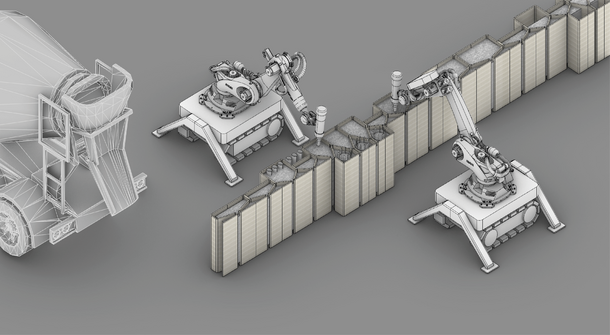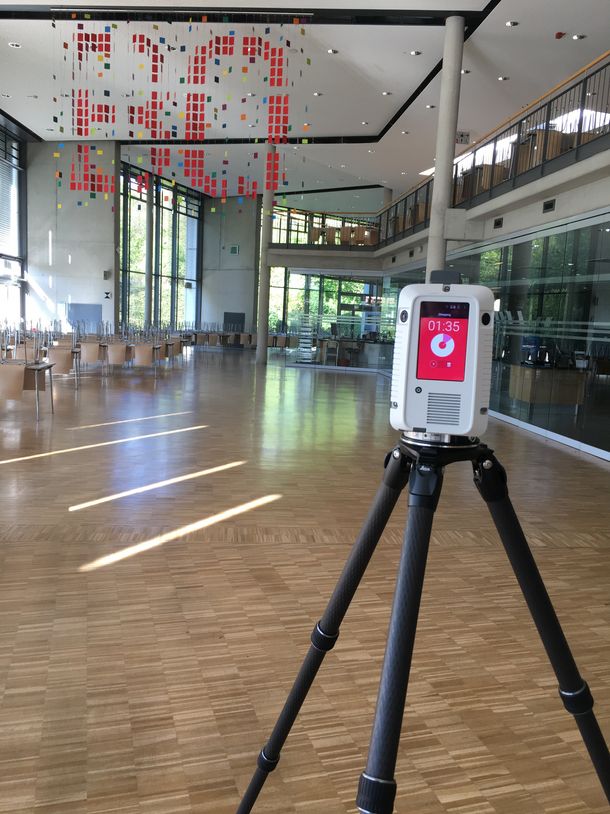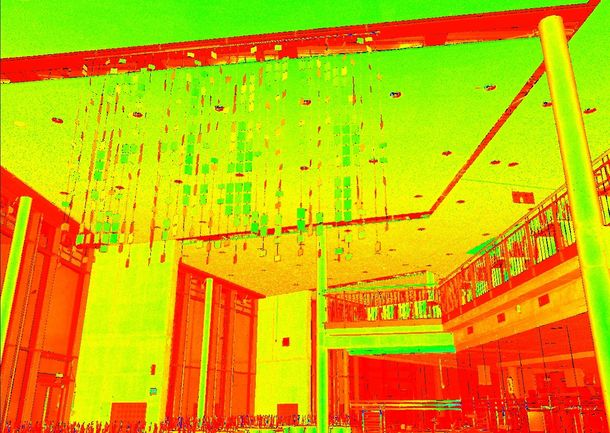BIM Institute at Bochum University of Applied Sciences
Research
Current projects
Introduction & Motivation
The construction industry is currently facing increased pressure to innovate. Key challenges, such as the implementation of new building regulations and the coordination of new types of projects, are being further intensified by overarching issues such as the shortage of living space and the increased importance of sustainability in the construction industry. At the same time, technological progress in general and digitalisation in particular are creating opportunities to further develop the construction industry into an innovative and sustainable sector. The challenges and opportunities are particularly evident in the Ruhr metropolis and in the central Ruhr region around Bochum, Herne and the district of Recklinghausen. Here, structural change and the urban regional structure are also leading to increased pressure to innovate and the need to find sustainable solutions. The biggest challenge here is the backlog of refurbishment projects in the region. [...]

The aim of the 3DLight_OnSite project is to reduce CO2 emissions in the construction industry by developing an end-to-end CO2-optimised digitalised workflow for the production of multifunctional lightweight components with graded component properties. The main innovation is the introduction of a lightweight construction method in the construction industry through the conception, development and testing of in-situ production in the field of additive manufacturing. Materials and digital planning methods are being developed for individualised, multifunctional lightweight components made of concrete that are additively manufactured with robotic support. [...]
The aim of the sub-project is to develop a method based on Building Information Modelling (BIM) for the sustainability assessment of existing residential properties in the Ruhr metropolis. The development of digital interfaces (common data environments) and standards for communication between stakeholders and trades (exchange formats) is essential here.
Other projects


Currently, Bochum University of Applied Sciences lacks a digital version of its buildings. The BIM Institute is presently conducting comprehensive surveying work to digitally represent the university's building structures. Multiple student and academic assistants from the institute are utilizing Leica RTC 360, an instrument from the BIM Institute, in combination with a tablet and Leica Cyclone software that allows for a rapid scan, operation, and control of individual scans. Simultaneously, panoramic images are captured, allowing for subsequent colorization of the point cloud. The dataset is set to be complemented with UAV (Unmanned Aerial Vehicle) surveys conducted by the Laboratory for Photogrammetry and Laser Scanning, focusing on roof areas and elevated facades.
The next step involves the conversion of this data into a BIM model, where individual 3D objects will be augmented with their physical and functional properties. The insights and results obtained will not only be incorporated into various courses within the participating departments but will also serve the university's property management.
This project has significant connections to the concurrent "Campus 3D" PBL (Problem-Based Learning) project. The latter project plans for the digital capture of the university using a cargo bicycle as a multi-sensor system.

